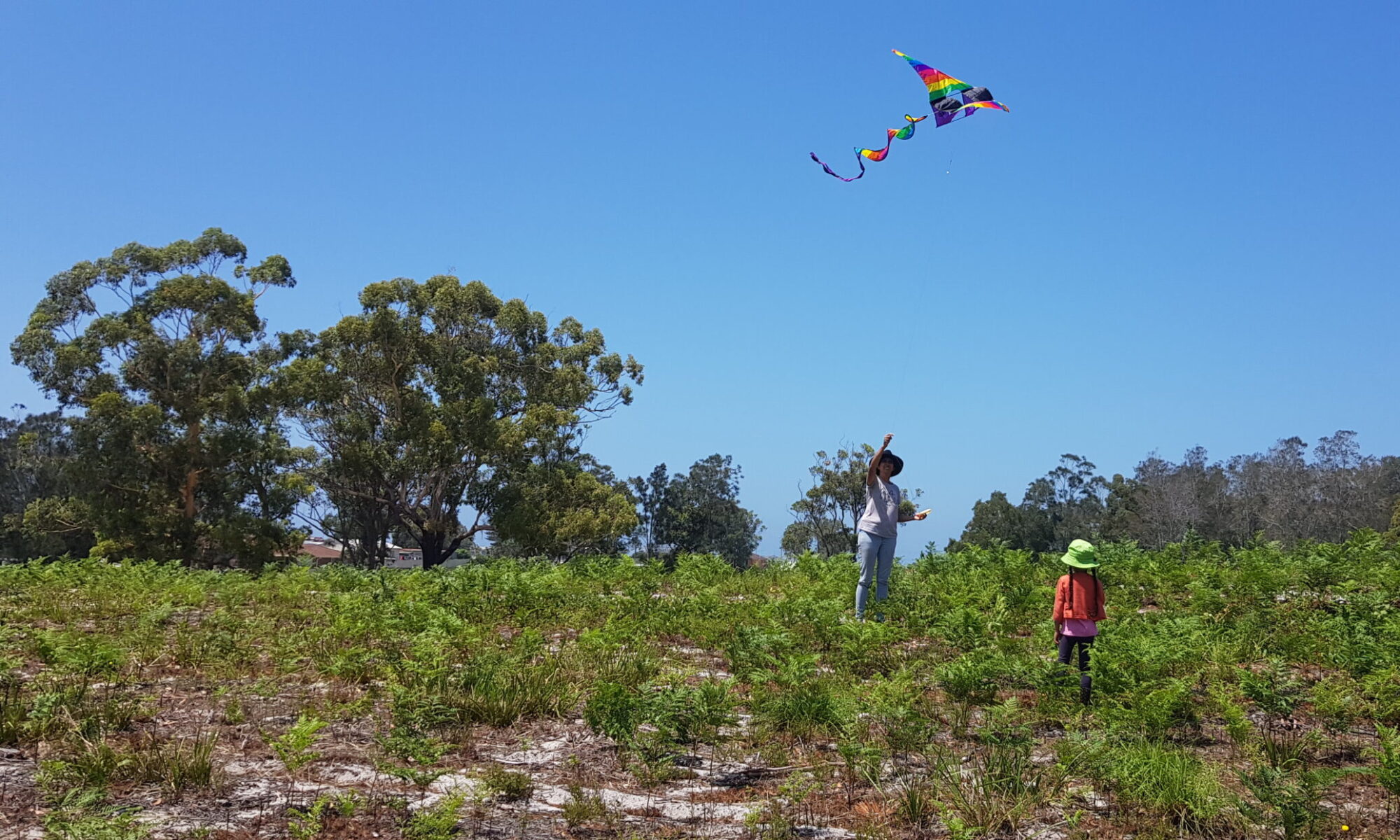Apply First Aid Treatment

In Australia, NSW – dial triple Zero (000) for emergency services and ask for an ambulance.
https://www.healthdirect.gov.au/snake-bites.
The Australian Red Cross also has a quick handy guide on how to treat them.
Disclaimer: this does not replace expert emergency medical advice and is merely an unofficial quick notes guide up-to-date at the time of writing. Always seek current and professional emergency medical advice!
- Get yourself & the person away from danger, the snake or spider, etc.
- NEVER try to catch or kill the snake! Doctors DO NOT rely on visual identification of the species of snake.
- Help them to stay calm, immobile & rest, to reduce panic and heart rate.
- Send for help, ask someone to dial triple zero (000) emergency services and ask for an ambulance.
- Apply FIRST AID & begin applying a Pressure Immobilisation Bandage.
- DO NOT clean the skin! Venom left on the skin & clothing can help identify the snake. Do not discard clothing.
- DO NOT apply a tourniquet (a strap to stop blood flow)!
- DO NOT cut the wound!
- DO NOT try to suck the venom (poison) out!
- If possible; use a pen or permanent marker to ‘widely’ circle the bite area, both on the skin and later on the bandage. Note the time of the bite incident.
- Put a pressure bandage over the bite itself. It should be tight — you should not be able to easily slide a finger between the bandage and the skin.
- Use a heavy crepe or elasticised roller bandage to immobilise the whole limb. Start just above the fingers or toes of the bitten limb and move upwards on the limb as far as the body. Splint the limb including joints on either side of the bite.
- Keep the person and the limb completely at rest. If possible, mark the site of the bite on the bandage with a pen.
- Apply FIRST AID – DRS ABCD:
- DANGER: first remove yourself and the patient away from any danger.
- RESPONSE: seek responsiveness, loudly ask them thier name or squeeze thier shoulder, announce who you are and here to help. Stay with the patient!
- SEND: for help, ask someone to dial triple zero (000) emergency services, and ask for an ambulance:- then helicopter airlift, or advise on driving in (if under 30 mins to the Hospital).
- AIRWAY: check mouth and throat are clear of any obstructions, like tongue, gum, liquid or foreign material:
- If so, roll the patient on their side and clear their airway.
- Or gently tilt their head back and lift their chin to clear their airway.
- BREATHING: are they breathing abnormally or not breathing at all after 10 seconds?
- If breathing normally, place them in the Recovery Position.
- If breathing abnormally, conduct CPR.
- CPR: if needed, start CPR: 30 chest compressions followed by 2 breaths. Continue CPR until the patient starts breathing or until help arrives.
- DEFIBRILLATION: if needed during heart pulse stop, as soon as possible, attach an Automated External Defibrillator (AED) to the patient. Follow the voice prompts. Do not leave the patient alone to fetch the defibrillator — let someone else bring it.
- Monitor them, keep them calm & rested:
- (in rare cases); check for Severe allergic reaction (anaphylaxis), seek emergency services advice, then as needed,
- apply First Aid – DRS ABCD.
- upon emergency advice, if you have access to an adrenaline autoinjector (EpiPen™ or Anapen™), use it, and continue to follow the steps of an ASCIA allergy action plan, if one is available.
- If needed, treat pain with 1000mg Paracetamol. DO NOT use Ibuprofen.
- (in rare cases); check for Severe allergic reaction (anaphylaxis), seek emergency services advice, then as needed,
- Go immediately to a Hospital with laboratory facilities. By Car within 30mins, by Ambulance or Helicopter Airlift, or as per emergency services instructions.
(Child) Paediatric ECAT protocol: Snake & Spider Bite
- Any person, 4 weeks to 15yrs old.
https://aci.health.nsw.gov.au/ecat/paediatric/snake-or-spider-bite
Adult ECAT protocol: Snake & Spider Bite
https://aci.health.nsw.gov.au/ecat/adult/snake-or-spider-bite
How can I prevent snake bite?
Most snake bites happen when people try to kill or capture them. Don’t panic if you come across a snake. Back away to a safe distance and let it move away. Snakes often want to escape when disturbed.
Other things you can do to prevent snake bite include:
- Be careful where you walk or put your hands when you are in the bush, especially at night, when snakes are more active.
- Use a torch if you are walking at night in the bush.
- Make noise and stomp your feet when walking in the bush, to let any animals and snakes know you are there.
- Wear thick clothing such as jeans, boots, for extra protection against bites. As many Australian snakes have small fangs which may find it difficult to penetrate thick clothing and hard leather. To further reduce the risks:
- Leg gaiters can be worn over jeans and boot ankles.
- Thick leather gloves, covering fingers, hands and wrists, such as when reaching for the ground, logs, rocks or tree branches.
- Long sleeve shirts.
- Initially use a long stick, rake or shovel when moving and picking up firewood, to check for any snakes or spiders.
First Aid Phone Apps
https://play.google.com/store/apps/details?id=au.com.stjohnambulance.stjohnappprod
https://www.redcross.org.au/firstaid/firstaidapp/

